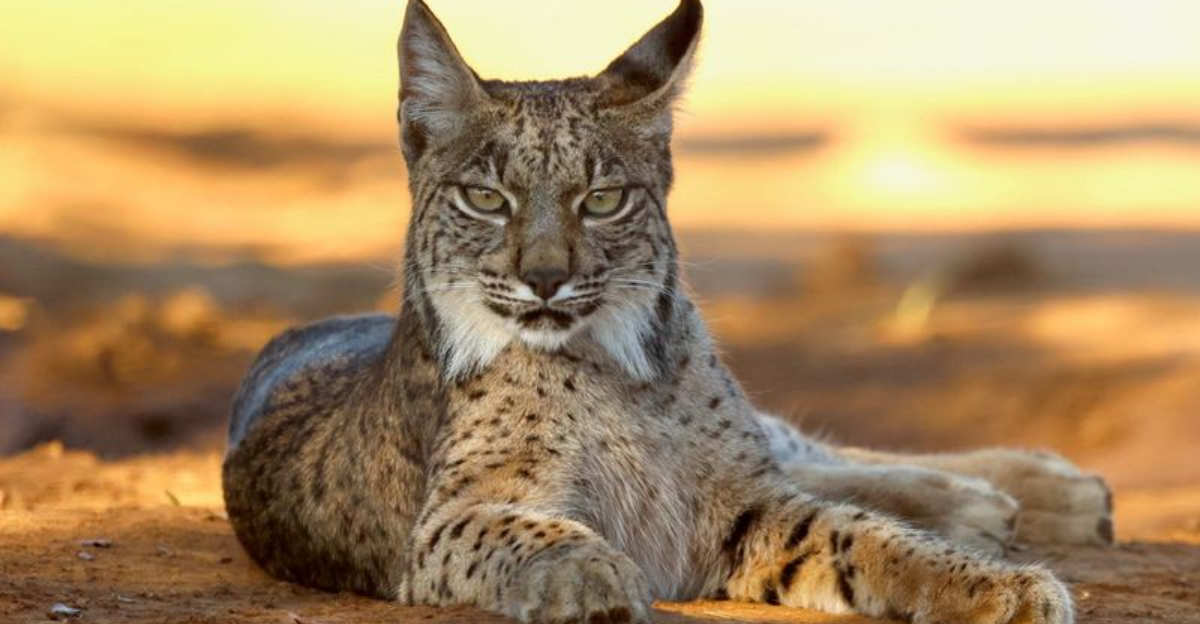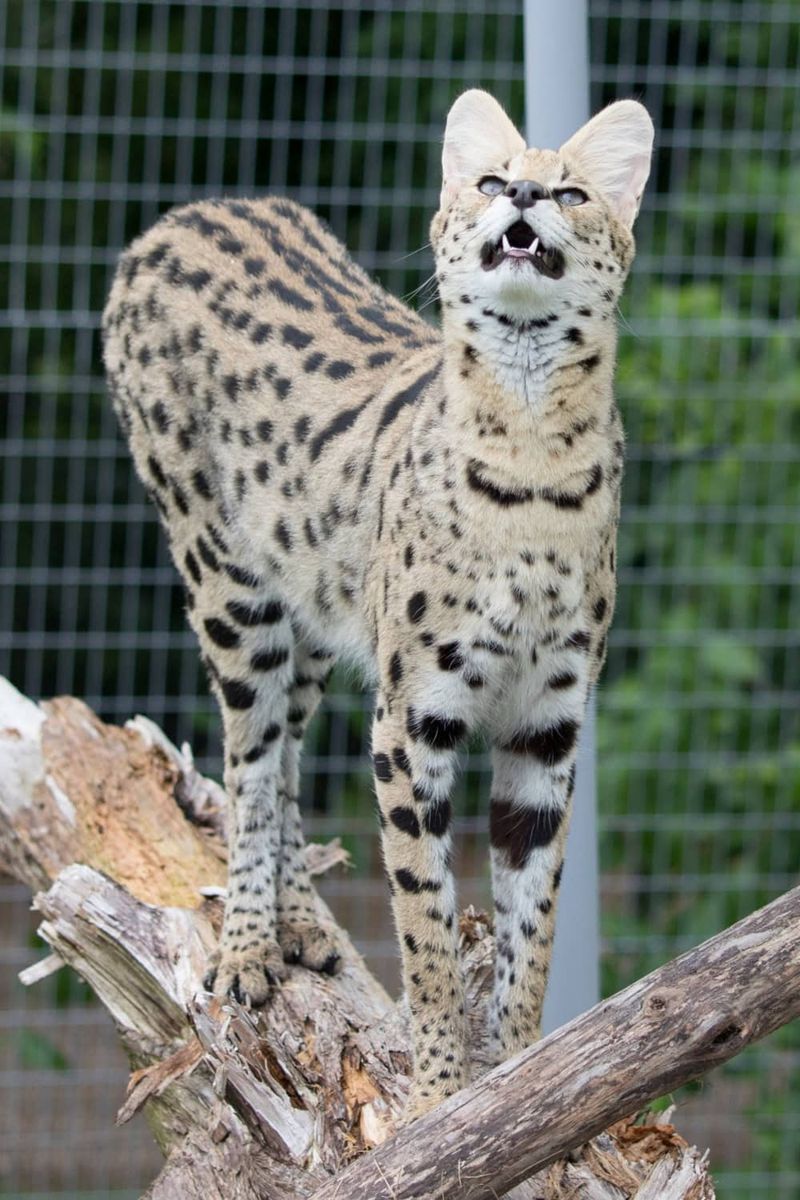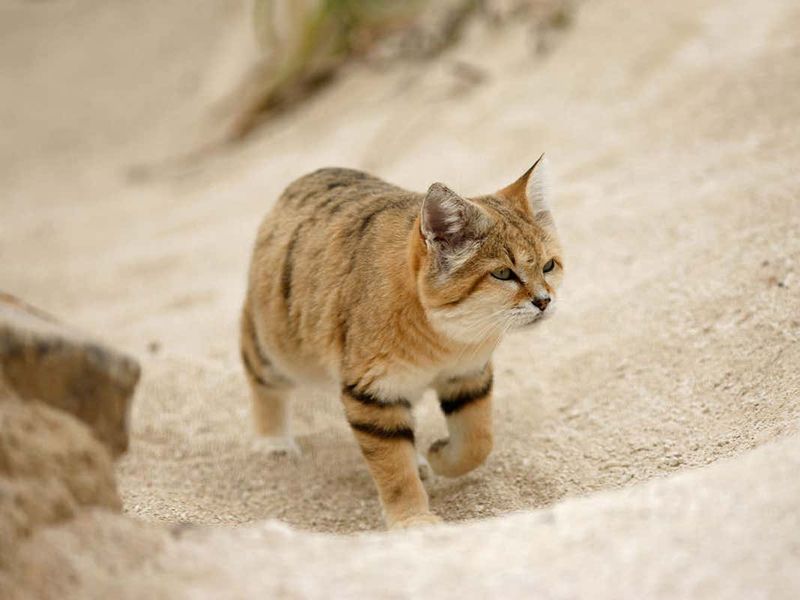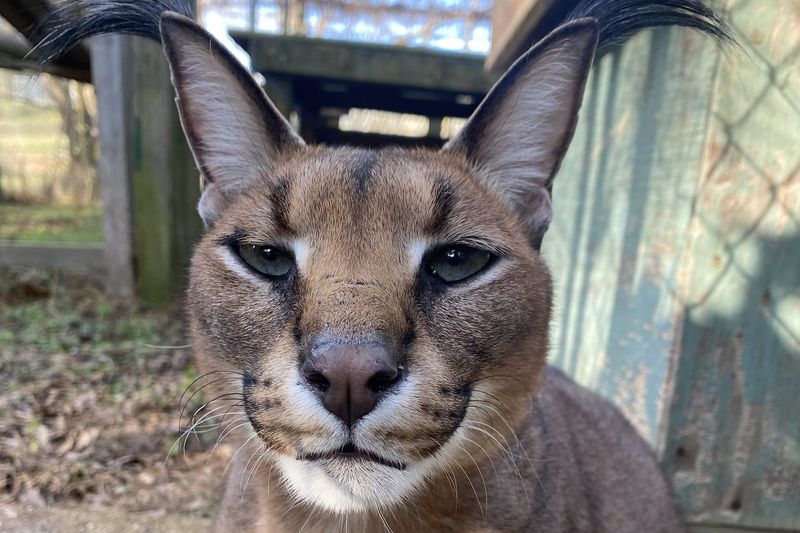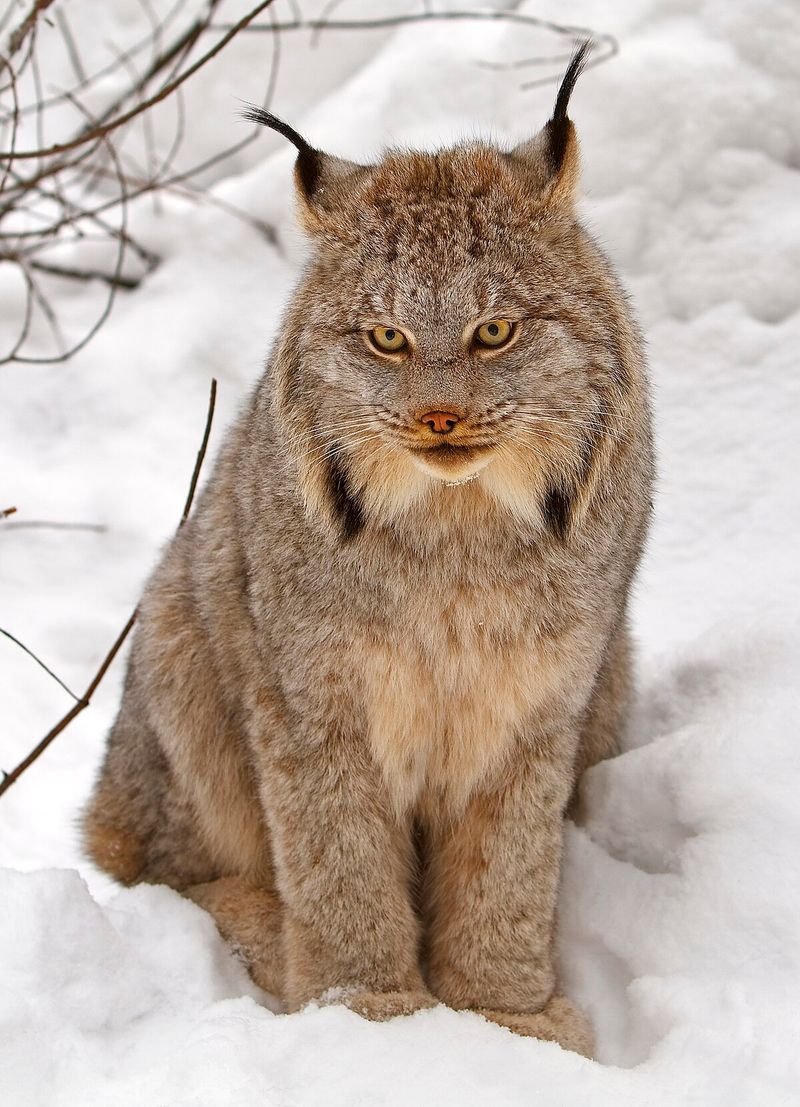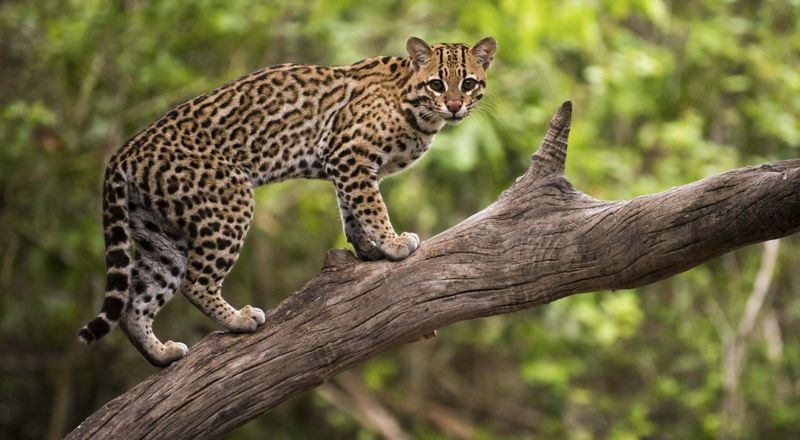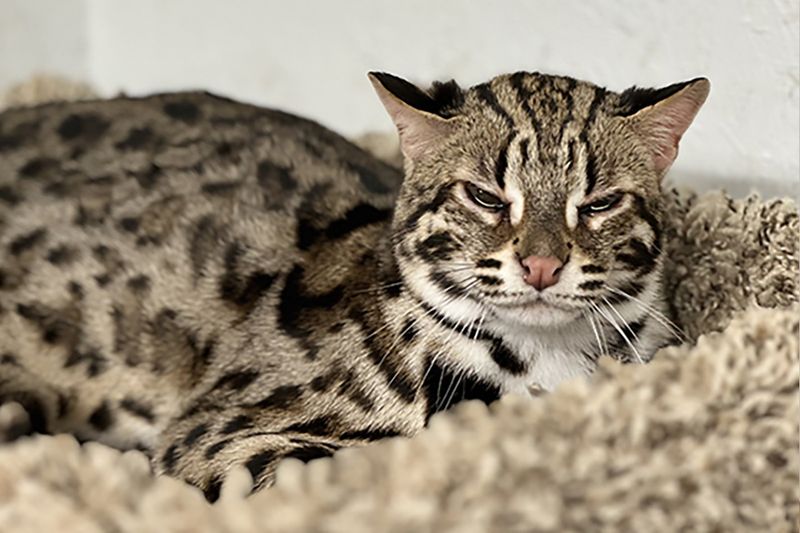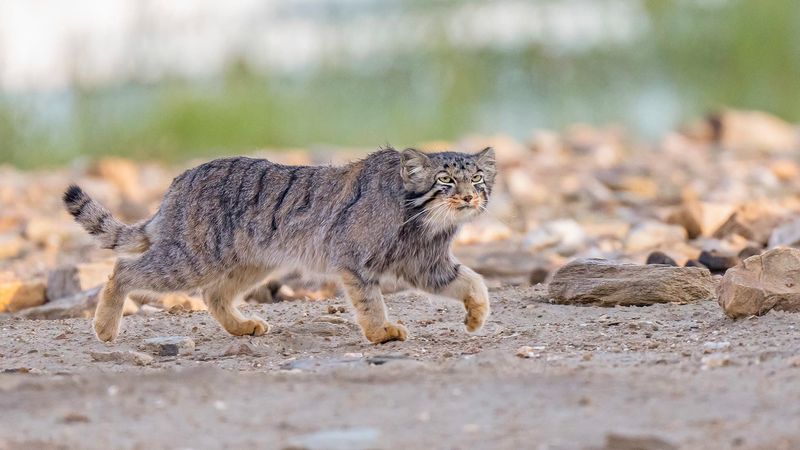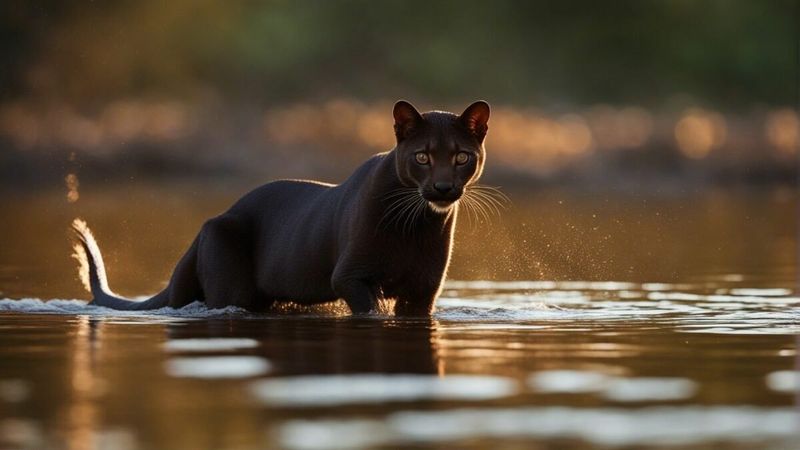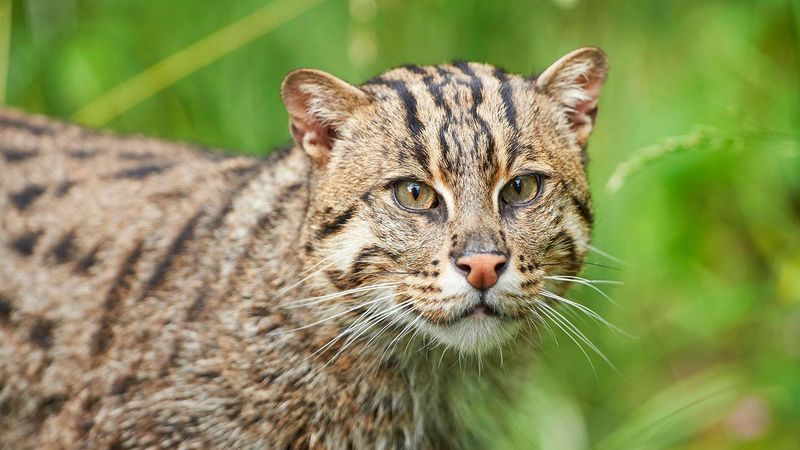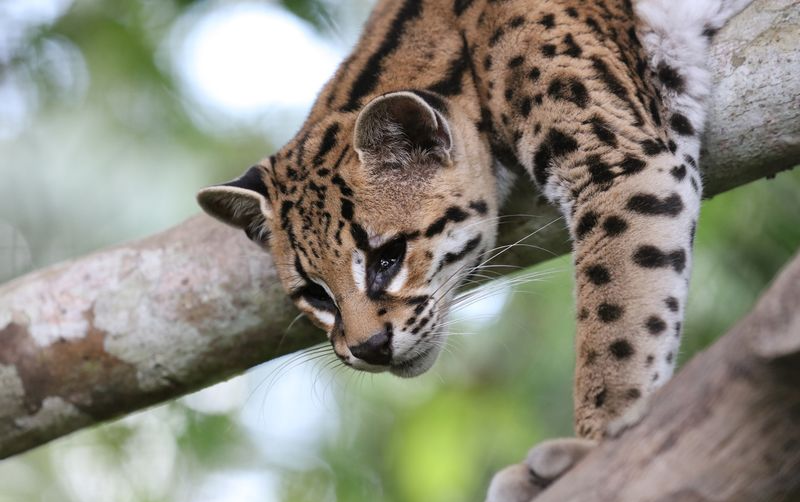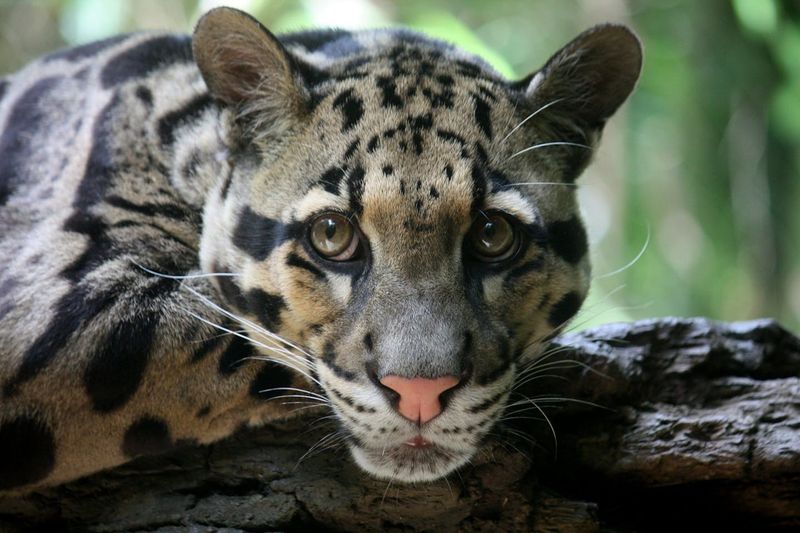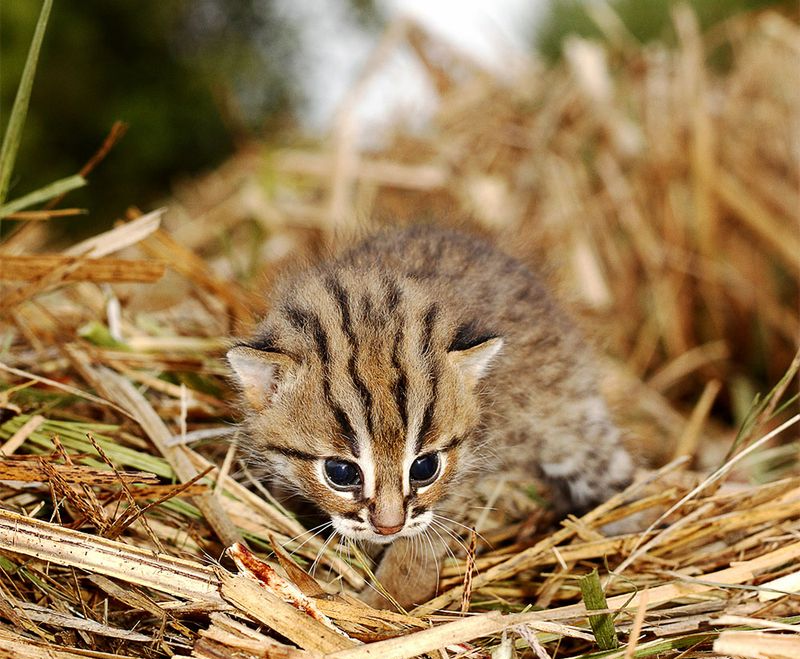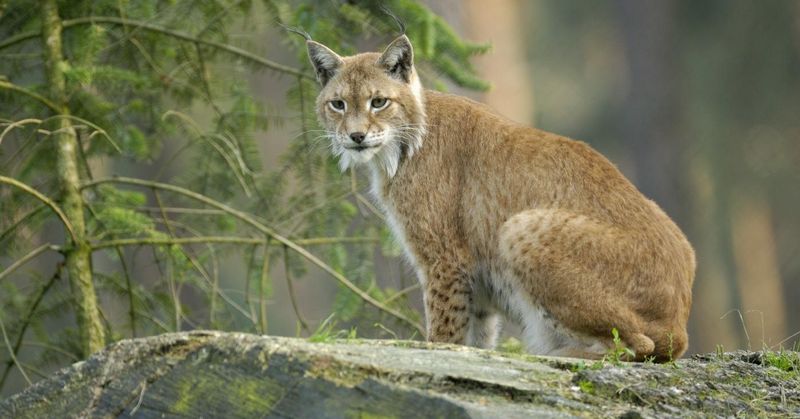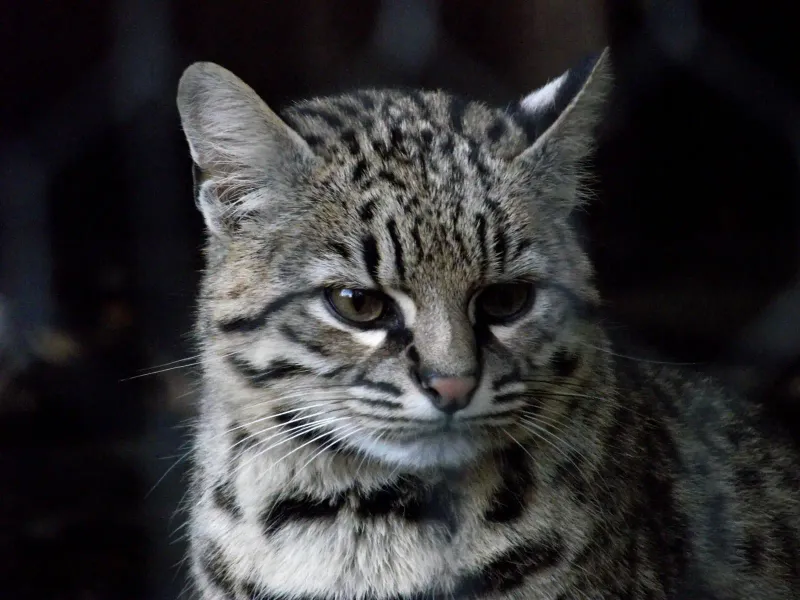📖 Table of Content:
Wild cats, often hidden in remote habitats, possess remarkable similarities to domestic cats in both appearance and behavior. These creatures, despite their untamed environments, share common evolutionary traits with household felines. The connection between wild and domestic cats reveals intriguing aspects of their shared lineage.
Behavioral traits, such as hunting techniques and territorial instincts, further blur the lines between the two. Their playfulness, curiosity, and grooming habits are also strikingly similar. Observing these traits helps us understand the bond between wild cats and the familiar domestic companions we know so well.
From the sleek movements of the cheetah to the solitary nature of the bobcat, wild cats showcase a diverse range of characteristics that echo those of house cats. These shared traits reflect a deep evolutionary connection that goes beyond mere appearances. Exploring the similarities between them offers valuable insights into the feline family as a whole.
1. African Serval
The African serval is known for its long legs and large ears, making it an extraordinary hunter in the wild savannahs. Like domestic cats, servals are playful and curious, often seen engaging in playful antics. These cats use their agility to pounce on prey, similar to a house cat playing with a toy.
Servals are also meticulous groomers, spending significant time cleaning their fur to maintain its striking appearance. Their vocalizations, including purrs and chirps, are surprisingly similar to those of domestic cats, creating an uncanny connection between the two species.
2. Sand Cat
Found in the toughest desert habitats, sand cats share several lovable traits with house cats. Their compact, rounded form and playful demeanor bring to mind the joyful nature of kittens. Even with their wild roots, sand cats are known for their affectionate and inquisitive personalities.
They possess a unique ability to dig for prey, similar to a house cat’s instinctive digging in the litter. Though they live in solitude, sand cats communicate through purring and meowing, showing a linguistic resemblance to their domestic cousins.
3. Caracal
Known for their impressive leaping prowess, caracals are medium-sized cats that share a playful spirit with house cats. Their striking ear tufts and sharp eyes make them appear particularly expressive. These cats combine their independent nature with a strong sense of curiosity.
They share a love for sunbathing and are often spotted lounging, much like their domestic relatives. These cats also engage in playful behaviors and use their agility to catch birds mid-air, reminiscent of a house cat chasing after a feather toy.
4. Canadian Lynx
Adapted to snowy terrains, the Canadian lynx’s thick fur and large paws make it strikingly similar to house cats that thrive in colder climates. These lynxes have a playful side too, frequently engaging in snow frolicking, much like a domestic cat playing with cushions.
Their tufted ears and short tails add to their cute, feline charm. Canadian lynxes are solitary but curious, often exploring their surroundings with the same inquisitiveness that house cats display in everyday life.
5. Ocelot
With their beautifully patterned coats, ocelots resemble domestic cats that share similar spots, but they are wild and nocturnal. Their playful behavior, especially at night, is much like that of house cats. These adept climbers easily navigate through trees with grace.
These cats enjoy solitary exploration, showing the same level of independence as a domestic cat. Their hunting techniques, involving stealth and pouncing, are reminiscent of a house cat stalking a toy or unsuspecting prey in the home environment.
6. Asian Leopard Cat
Often mistaken for domestic cats because of their size and appearance, Asian leopard cats boast a sleek, spotted coat that’s both stunning and suited for jungle life. These cats have a playful side, engaging in games that simulate hunting activities.
Their resemblance to bengal cats is striking, which is no coincidence, as bengals were developed by breeding domestic cats with these wild felines. Asian leopard cats also share a fondness for water, occasionally indulging in playful splashes, much like some of their domestic counterparts.
7. Pallas’s Cat
Pallas’s cats are known for their round faces and dense fur, giving them an adorable, plush toy-like appearance. These cats display a unique grumpy expression, similar to some domestic breeds known for their distinct personalities.
Despite their solitary nature, Pallas’s cats are playful, often engaging in solitary games. They are excellent at camouflage, much like a house cat hiding under furniture. Their dense fur helps them in cold environments, comparable to long-haired domestic cats adapting to indoor climates.
8. Jaguarundi
Known for its slender frame and otter-like appearance, the jaguarundi has a playful, curious nature that mirrors the exploratory behavior of house cats. Adaptable to many environments, these wild cats thrive in habitats ranging from forests to scrublands.
They are known for their communication skills, using a wide range of vocalizations, including purrs, similar to domestic cats. Their agile body and keen sense of curiosity make them relentless explorers, akin to a house cat navigating its home territory.
9. Fishing Cat
Fishing cats are medium-sized wild cats with a special affinity for water, distinguishing them from other felines. Their webbed paws make them excellent swimmers, a trait shared with some water-loving domestic cats. Fishing cats are playful, often seen batting at water as our house cats do with fish tanks.
These cats are solitary but display affectionate behaviors during social interactions, much like domestic cats. Their ability to catch fish with precision is reminiscent of a house cat’s laser-focused play, capturing toys with swift movements.
10. Margay
A solitary wild cat, the margay leads an arboreal life that mirrors the climbing adventures of domestic cats. Its agility allows it to move through trees as skillfully as a house cat scales furniture. With its large, expressive eyes and small size, it exudes undeniable feline charm.
Margays are playful, often engaging in mock hunting behaviors, similar to domestic cats’ playful stalking. They communicate through a series of vocalizations, including meows and purrs, creating a linguistic bridge to our domestic companions.
11. Iberian Lynx
Distinguished by its tufted ears and striking gaze, the Iberian lynx is one of the most charismatic wild cats. Its playful nature is evident in its actions, particularly when chasing prey, reminiscent of a domestic cat playing with toys.
These cats possess a strong territorial instinct, marking their domain and patrolling it, akin to a house cat’s behavior in its home. The Iberian lynx’s solitary nature and curiosity reflect the independent spirit found in many domestic breeds.
12. Clouded Leopard
Known for their stunning, cloud-like coat patterns and tree-dwelling lifestyle, clouded leopards are skilled climbers. These medium-sized cats can often be found lounging on tree branches, much like a domestic cat resting on a windowsill. Their playful behavior is apparent in their interactions with one another and their surroundings.
Clouded leopards share a love for climbing and exploration, much like domestic cats. Their affectionate behavior during social moments mirrors the purring and cuddling of house cats, bridging the gap between the wild and domestic worlds.
13. Rusty-spotted Cat
Tiny but full of life, the rusty-spotted cat shares many traits with a domestic kitten, including its playful nature. Its curiosity knows no bounds, as it explores its surroundings like a house cat with a fresh toy. Though it tends to be solitary, its playful side shines through.
Their delicate features and gentle purring make them endearing, echoing the charm of domestic cats. They use their agility to navigate dense undergrowth, akin to a house cat exploring nooks and crannies at home.
14. Eurasian Lynx
Distinguished by tufted ears and a powerful build, the Eurasian lynx roams the forests as a solitary predator. Its playful instincts come to life when pouncing on prey, much like a domestic cat chasing after a toy. Often compared to large domestic breeds, these lynxes exude a majestic presence.
Their vocalizations, including purrs and meows, reflect a shared linguistic heritage with domestic cats. The Eurasian lynx’s curiosity and independent nature mirror the traits that make house cats such beloved companions across the world.
15. Geoffroy’s Cat
Geoffroy’s cats are small wild felines with spotted fur, often mistaken for certain domestic breeds. Their inquisitive nature and playful antics make them similar to house cats. Geoffroy’s cats are agile climbers, frequently exploring their habitat with the curiosity typical of domestic cats.
These cats communicate through a series of vocalizations, including purrs and hisses, echoing their domestic counterparts. Geoffroy’s cats enjoy solitary play, showcasing behaviors like batting at objects, which parallels a house cat’s playful engagement with toys.
